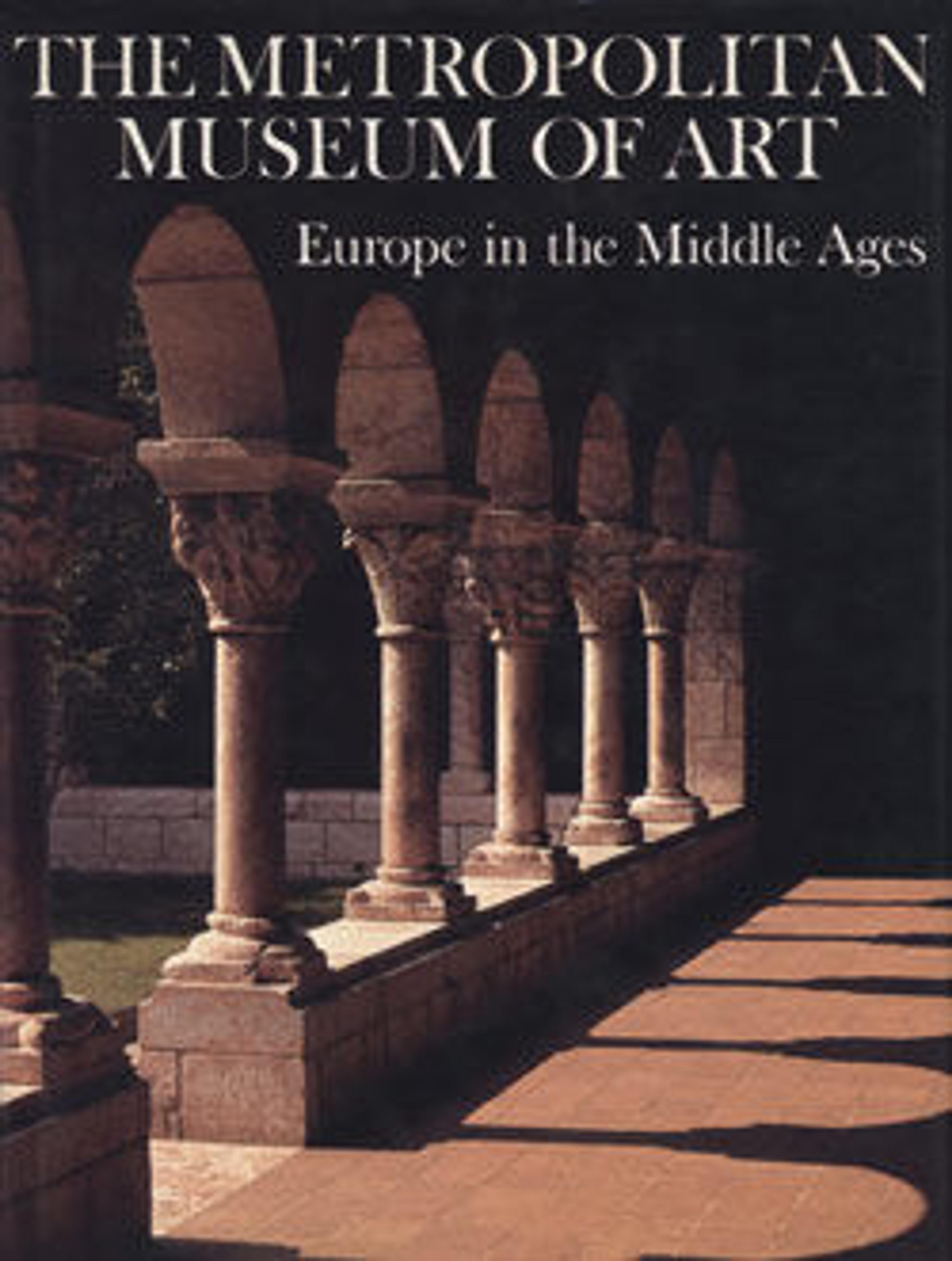Manuscript Leaf with the Agony in the Garden and Betrayal of Christ, from a Royal Psalter
This manuscript leaf was once part of a Book of Psalms, a compendium of the 150 celebrated biblical poems of praise. This Psalter was made for an English monarch, probably Queen Eleanor of Provence (ca. 1223–1291), the wife of King Henry III. The queen likely bequeathed it to her niece, Eleanor of Brittany, who later became abbess of Fontevrault, in western France, where the manuscript was once preserved. Illustrated pages preceding the text show key events in the life of Christ immediately before his Crucifixion. Here, at the top, he prays in the Garden of Gethsemane, in Jerusalem, while the apostles sleep nearby. Below, his apostle Judas Iscariot betrays him to the authorities as his apostle Peter, in anger, cuts off the ear of Malchus, one of Jesus’s attackers. A thirteenth-century stone relief from Amiens Cathedral (17.120.5), exhibited on the wall nearby, depicts a similar detail: Peter stands over Malchus, sword in hand, while Christ reattaches the severed ear.
Artwork Details
- Title:Manuscript Leaf with the Agony in the Garden and Betrayal of Christ, from a Royal Psalter
- Date:ca. 1270
- Culture:British
- Medium:Tempera and gold on parchment
- Dimensions:Overall: 9 1/4 x 6 1/2 in. (23.5 x 16.5 cm)
Illumination: 7 1/2 x 5 in. (19.1 x 12.7 cm)
Mat size: 14 x 11 in. (35.5 x 27.9 cm) - Classification:Manuscripts and Illuminations
- Credit Line:Rogers Fund, 1922
- Object Number:22.24.4
- Curatorial Department: Medieval Art and The Cloisters
More Artwork
Research Resources
The Met provides unparalleled resources for research and welcomes an international community of students and scholars. The Met's Open Access API is where creators and researchers can connect to the The Met collection. Open Access data and public domain images are available for unrestricted commercial and noncommercial use without permission or fee.
To request images under copyright and other restrictions, please use this Image Request form.
Feedback
We continue to research and examine historical and cultural context for objects in The Met collection. If you have comments or questions about this object record, please contact us using the form below. The Museum looks forward to receiving your comments.
